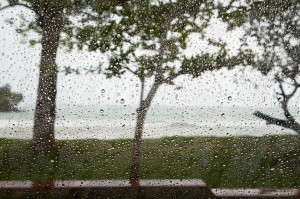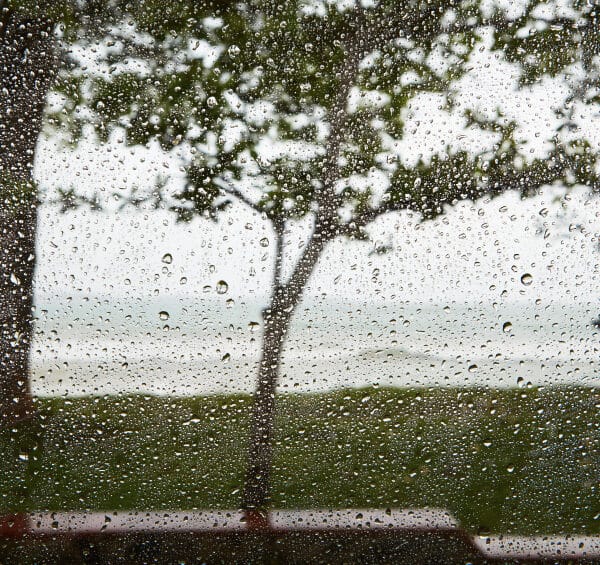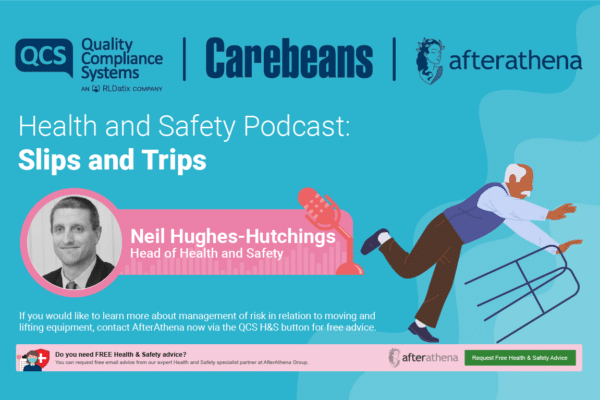
The named person with responsibilities for the outside of a premises, whether that is a nominated person within a business, or a landlord (depending on detail within contractual arrangements between both), would need to carry out a specific suitable and sufficient risk assessment for the outside of the building. This is to identify any significant hazards that, potentially, could cause a risk of injury to a person within the boundary of the premises. A person by virtue of a contract or tenancy, has an obligation to ensure the maintenance or repair of the premises, including any means of access or egress, to ensure employees and others are protected from harm.
Legislation
The legislation that covers the requirement to carry out a risk assessments is:
The Management of Health and Safety at Work Regulations 1999: Regulation 3 states that every employer shall make a suitable and sufficient assessment of –
- the risks to the health and safety of his employees to which they are exposed whilst they are at work; and
- the risks to the health and safety of persons not in his employment arising out of or in connection with the conduct by him of his undertaking
The Health and Safety at Work etc Act 1974 covers duties of person with control of premises
- Section 4 (3) of the Health and Safety at Work etc Act 1974 sets out the general duties of persons concerned with premises to persons other than their employees.
Risk Assessment Outside
I would recommend that the following hazards are assessed when conducting a risk assessment covering the outside of a building:
- Adverse weather conditions – The outside premises are not sheltered from adverse weather conditions including cold, wet and icy weather. The building should be prepared by providing salt grit bins in icy weather and removing snow to minimise the risk of slips, trips and falls.
- Falling leaves – If your premises has trees then there is a need to consider obtaining the services of a competent arboriculturist, to ensure that there is no risk of branches or trees falling during extreme windy conditions. In the UK every year between 5 and 6 people in the UK are killed when trees or branches fall on them.
- Ground Condition – The ground surface conditions, particularly where there is uneven ground and cracks in walking areas, could pose a slip, trip or fall hazard. Other changes in driving areas such as the presence of potholes or a bump caused by worn out ground, could lead to a car incident.
- Parking barriers – The movement of a parking barrier up and down, can cause contact injuries if a pedestrian walks under a barrier when it is raised as a car has driven through.
- Poor lighting – The outside needs adequate lighting, particularly in the winter months where it is dark outside from 4pm and people are at work.
- Waste bins and rubbish – Storage of materials and other containers, need to be secured in place to prevent windy conditions moving the materials which could strike a person.
- Hazardous substances storage – Gas cylinders must be stored according to BOC gas requirements and other manufacturers’ requirements. Any hazardous substances stored outside need to be in a secure storage area with appropriate safety signage such as ‘No Smoking’ or ‘Flammable Substances’, or ‘Do not enter – Authorised personnel only’.
Conclusion
QCS provides further guidance in their Workplace Environment Policy and Procedure in their Management system. In my next blog I will review the health and safety in the building beginning in the reception area.
Advice about the safe management of trees can be found on the HSE website here.
Further information of the Health and Safety at Work Act 1974 can be found on here.






